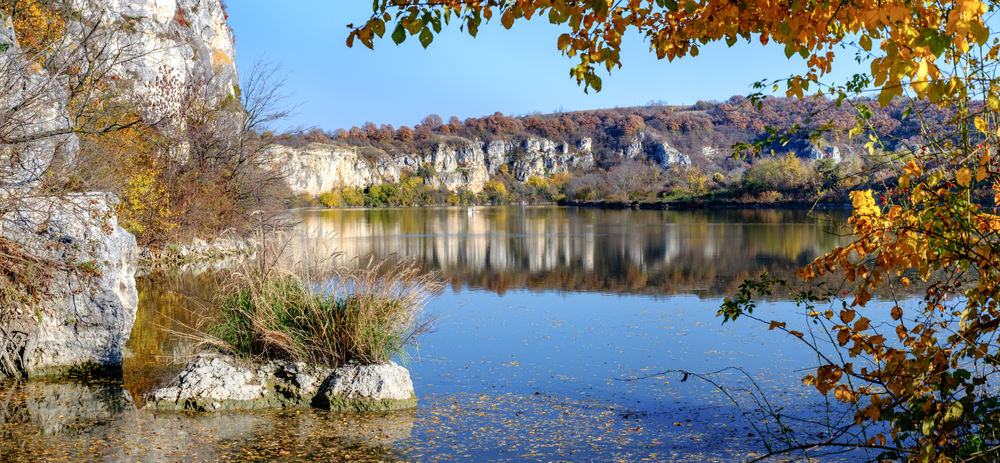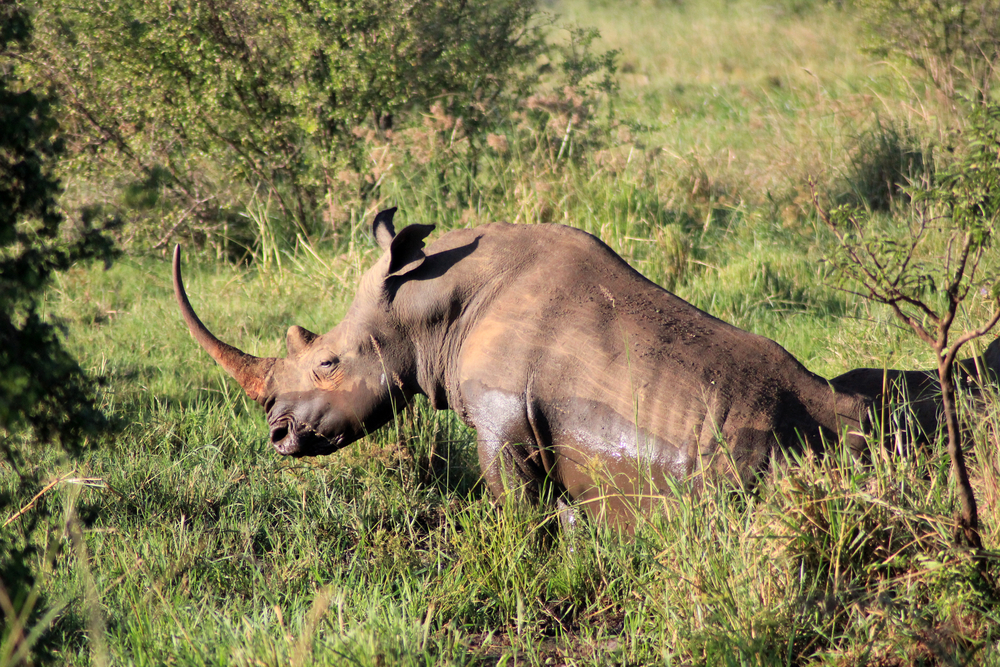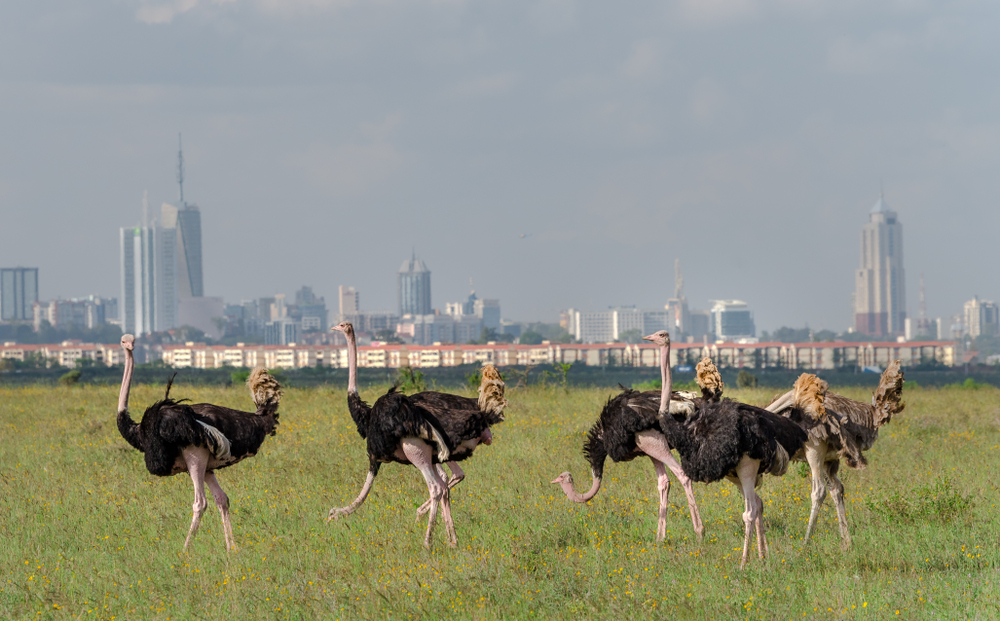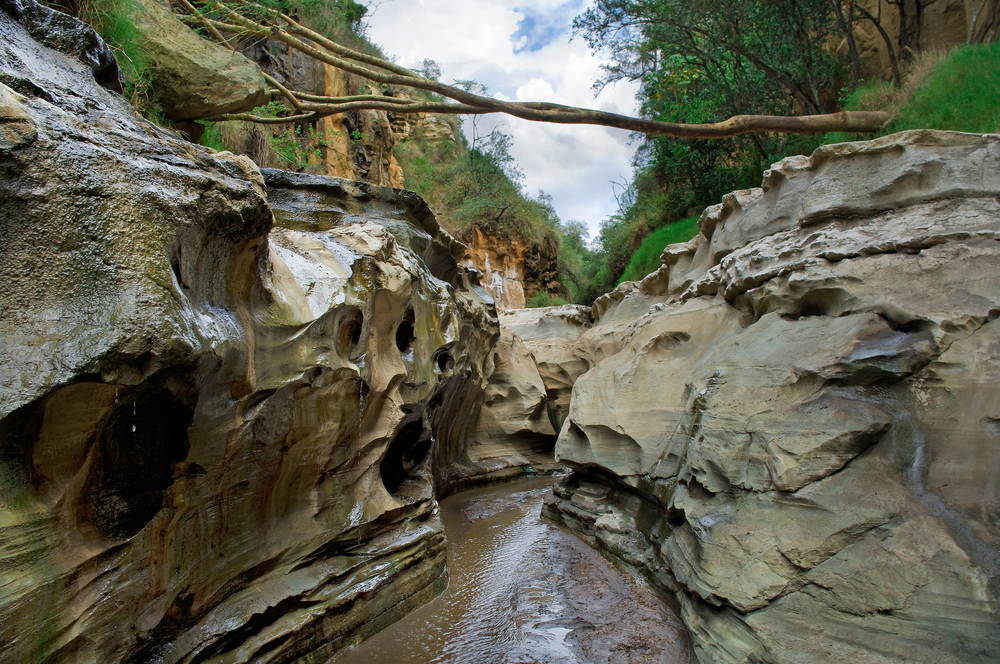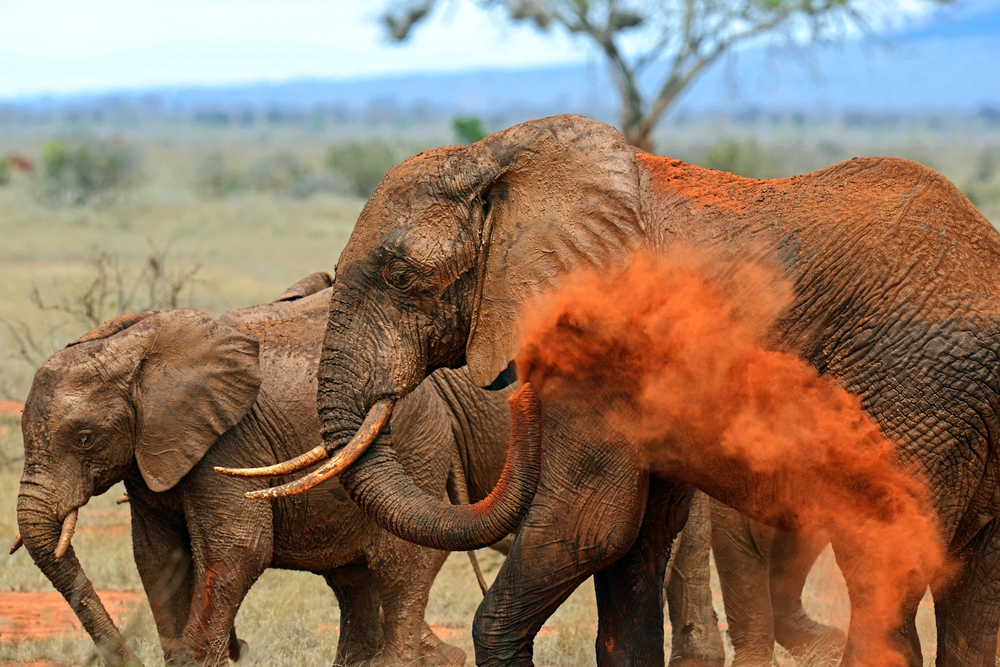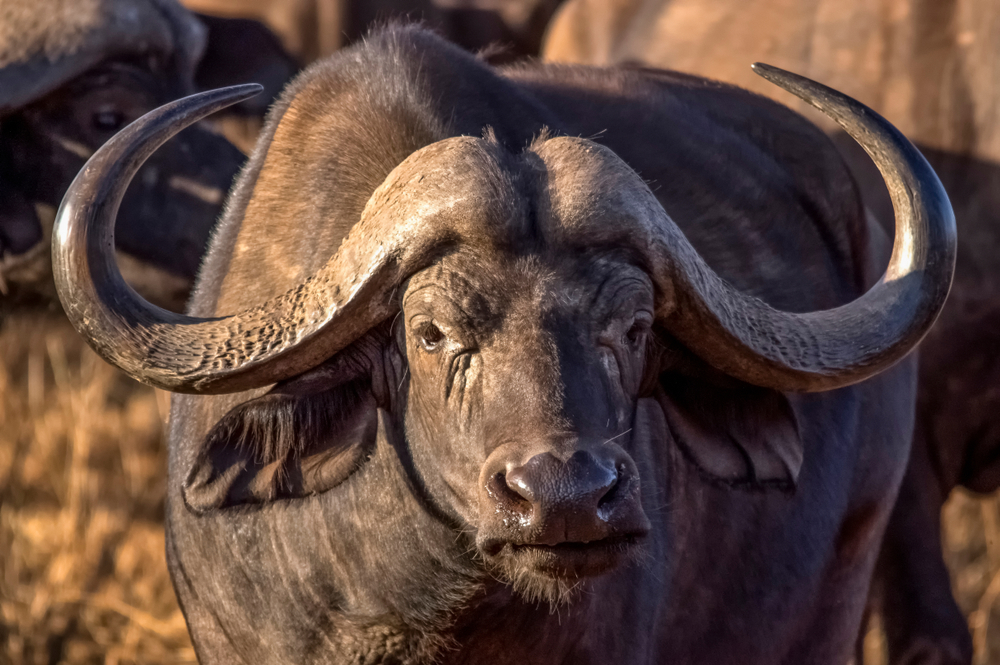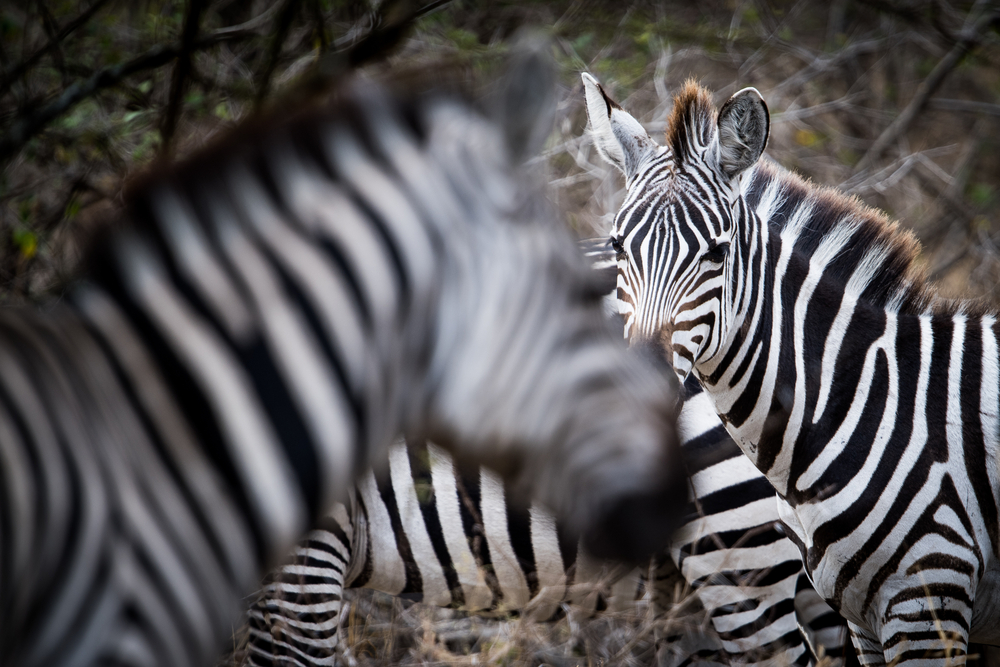Malka Mari Overview
Malka Mari National Park, known locally as Hifadhi ya Kitaifa ya Malka Mari, is one of Kenya’s most remote and least explored national parks. Situated along the Daua River on Kenya’s northeastern border with Ethiopia, this park covers an area of approximately 1,500 square kilometers (579 square miles). Its rugged terrain and arid landscapes make it a unique destination for adventurous travelers seeking unspoiled wilderness.
The park’s geography is defined by semi-arid savannahs, rocky hills, and dramatic gorges carved by the Daua River. This river is the lifeblood of the park, supporting a variety of flora and fauna despite the harsh environment. Towering acacia trees and thorny shrubs dominate the vegetation, providing a stark but beautiful contrast to the rocky outcrops and sandy plains.
Wildlife enthusiasts will find Malka Mari National Park a haven for unique species adapted to arid conditions. Notable animals include Grevy’s zebras, lesser kudu, and Somali ostriches. Predators such as cheetahs and hyenas also roam the park, while smaller mammals like dik-diks and gerenuks are common sightings. The Daua River attracts diverse birdlife, including Egyptian geese, herons, and guinea fowl, making the park an excellent destination for birdwatching.
For visitors interested in cultural experiences, the park is located within the traditional territory of the Somali and Borana communities. These pastoralist groups have lived in harmony with the land for generations, and their traditional knowledge contributes to the sustainable management of local resources. Exploring the park offers opportunities to learn about their rich cultural heritage, including their unique customs, dress, and oral traditions.
While Malka Mari lacks the infrastructure of more popular national parks, its remote nature is part of its charm. Trekking through the rugged terrain offers unparalleled solitude and the chance to connect deeply with nature. The scenic gorges and rocky escarpments are ideal for hiking, and the Daua River provides opportunities for fishing and photography. Seasonal rain transforms parts of the park, creating ephemeral waterfalls that add to its rugged beauty.
Malka Mari National Park faces significant conservation challenges, including overgrazing, deforestation, and poaching. Efforts by the Kenya Wildlife Service, local authorities, and international conservation groups aim to address these issues through community engagement and sustainable resource management. Programs promoting eco-tourism and alternative livelihoods for local communities are also helping to reduce the strain on the park’s fragile ecosystems.
In summary, Malka Mari National Park is a hidden gem in Kenya’s northeastern frontier, offering stunning landscapes, unique wildlife, and cultural encounters. Its rugged beauty and remote location make it an ideal destination for those seeking an off-the-beaten-path adventure while contributing to the conservation of a fragile and extraordinary ecosystem.








































































